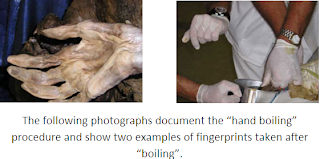The emphasis is on dietary and lifestyle habits, chemicals, water, indoor and outdoor air quality at home, work and school. It considers each patient as a unique individual exposed to a unique set of circumstances and thus needing individualized therapy
Pollution around us
Type of Exposure
Refferences
1. Lecture note week 3, Environmental Medicine and global health, by Prof dr Hari Kusnanto Josep
- Biological : bacteria, viruses, molds, candida, parasites, foods, animal dander, dust and pollen from trees, grasses and weeds.
- Chemical : substances such as formaldehyde, phenol, solvents, petroleum products, pesticides, herbicides, PCBs, heavy metals, asbestos, chlorine, sulfur dioxide, alcohol, tobacco and medications.
- Physical : heat, cold, weather cycles, noise, positive and negative ions, electromagnetic radiation, X-rays, nuclear explosions, reactor accidents and radon gas.
- Psychosocial : prolonged psychological stress in personal relationships or at work, a death in the family, fire, bankruptcy or job loss.
Daily Exposure
Do you realize that our daily consumption and daily activity contain dangerous toxin that if accumulated in certain amount, can cause side effect to our health.
Do you realize that our daily consumption and daily activity contain dangerous toxin that if accumulated in certain amount, can cause side effect to our health.
Chemicals are everywhere
- bedroom - fabric softeners, flame reterdants,dry cleaning
- bathroom - chlorine, cosmetics, shampoos, toothpaste, hair products, colognes
- kitchen - pesticides, hormones, antibiotics, cookware, plastics, petroleum residue, trans fats, flavorings, sweeteners
Illness induced caused by chemicals
- Plasticizers TMA - complex antigens
- dry cleaning fluid - cardiovascular
- solvents - panic disorders
- hydrocarbons - glomerulonephritis
- formaldehyde - fatigue, cancer
- pesticides - brain fog ( loss concentration, poor memory, irritability, depression)
Refferences
1. Lecture note week 3, Environmental Medicine and global health, by Prof dr Hari Kusnanto Josep









































